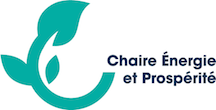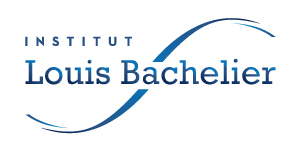Article published in the European Economic Review. Vol.126 (jt 2020)
We analyze the impact of indirect network effects in the deployment of zero emission vehicles in a static partial equilibrium model. In most theoretical analyses, direct and indirect effects are conflated, and relatively few authors have explicitly considered indirect network effects. We also introduce the market power of vehicle producers and scale effects in the production function. The model exhibits a multiplicity of local social critical points and market equilibria, suggesting a possibility of lock-in. The optimal two subsidies for vehicles and stations are derived so that the Pareto dominating market equilibrium would coincide with the social optimum. Configurations associated with di↵erent values of the parameters are explored to revisit the policy issues at various stages of deployment of hydrogen and battery electric vehicles.
> Download the Working paper’s last version (February 2020)
Séminaire en présence d'Adam George (SOAS, University of London). Adam George présente un modèle macroéconomique SFC environnemental britannique intégrant émissions de CO2 et investissements verts de tous les agents économiques. Le modèle trimestriel analyse l'impact des politiques énergétiques selon le rapport capital vert/capital conventionnel. Quatre scénarios fiscaux verts sont testés (2022-2035) : taxe carbone, investissement...
Le laboratoire GAEL (Grenoble Applied Economics Laboratory) et la Chaire Energie et Prospérité organisent un workshop sur l’économie de la bioénergie les jeudi 9 et vendredi 10 octobre 2025 sur le campus universitaire de Grenoble.


